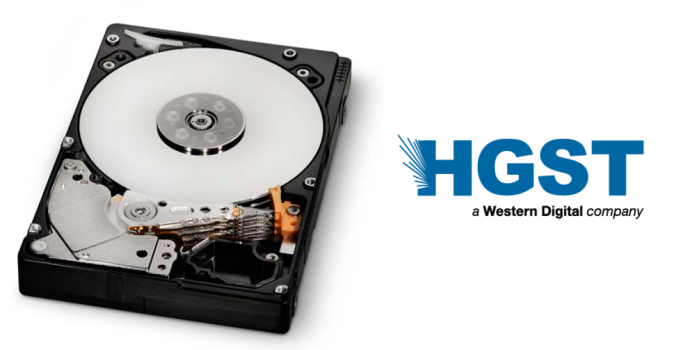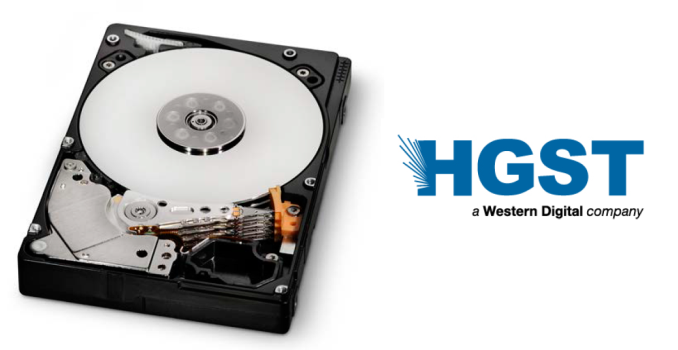Watch our Hangout with ARM GPU Fellow Jem Davies
For those of you who weren’t able to catch the live stream be sure to watch our interview with ARM Fellow and all around GPU expert Jem Davies. In our Hangout Jem talked about how he got involved with GPUs at ARM (spoiler alert: his boss told him to go out and buy a GPU company). He also shared his thoughts on Mali’s unique architecture and how it may evolve over time. We discussed the future of mobile gaming, solving memory bandwidth challenges, and the potential for ARM scaling its GPU architectures from wearables all the way up to supercomputers.
I reference it a few times, but you should also check out Ryan Smith’s deep dive into ARM’s Midgard GPU Architecture. ARM is the second mobile-focused GPU vendor to allow us unfettered access to the details of their GPUs and we’re very thankful for it.
I’d like to thank Jem once again for taking the time to chat with me, and if you haven’t already seen them I’d suggest watching some of our other Hangouts with ARM:







